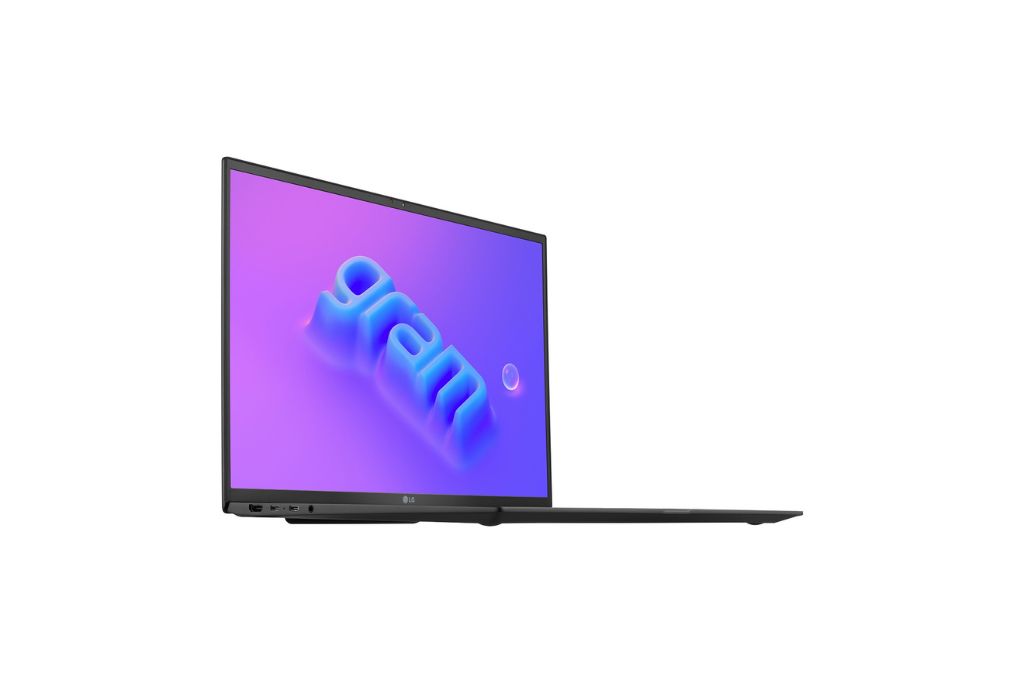Samsung may be getting ready to launch an OLED foldable laptop in 2023, according to a recent report. This would be a huge development in the world of laptops. If this does happen, it will be the first such device to make a debut in years. Samsung is reportedly planning to launch an OLED foldable laptop shortly. This would be a big advancement for the technology, as it would make it possible to have a thinner and more compact laptop that could still function like a regular one. The company has already started working on this project, and the product will likely be ready by next year. Several other companies, including LG and HP, have also announced plans to release such a device. But Samsung has a clear advantage over them, as it is the biggest player in the computer industry.
Asus ZenBook 17 Fold OLED
The Asus ZenBook 17 Fold OLED is the world’s first foldable laptop with a 17.3-inch screen. It features a high-end design and powerful components. This is a great portable computer for business users. However, its bulky design does limit its portability.
While the design is a compelling one, it can’t match performance. You’ll pay more for the device than you would for two Samsung Galaxy Z fold4s.
In addition to its large 17.3-inch screen, the Zenbook 17 Fold OLED also has four speakers. Its Dolby Atmos sound system is certified by Harman Kardon, and the speakers are surprisingly loud.

Asus has also made an effort to integrate multiple usage modes into the device. The machine can be used in Reader mode, Desktop mode, Extended mode, or Tablet mode. Each of these modes can be used in conjunction with the touchpad.
The Zenbook 17 Fold OLED also features an Intel Core i7-1250U processor. These chips are designed to help the device deliver the power needed for compute-intensive tasks. Those chips also have eight efficiency cores, which are designed to help the device power through the most demanding tasks.
LG Gram Ultraslim
LG Gram Ultraslim is a new laptop that has an impressive screen size. But it also has a slim profile. With a depth of 0.43 inches and a weight of 2.2 pounds, this is one of the thinnest laptops available.
LG has updated the Gram laptop line, and these models are powered by the latest Intel 13th Gen P-series and Core i3 processors. They’re also equipped with NVIDIA GeForce RTX 3050 laptop graphics and Dolby Atmos audio. These new laptops offer superior portability and performance and are a great choice for consumers looking for an ultra-portable machine.

Compared to the previous model, the LG Gram Ultraslim is 9% lighter. It has a thinner, cleaner look, with an anti-glare low-reflective coating, and a Full HD 16:9 OLED display.
The Ultraslim comes with a full-size keyboard and a 4-column numeric keypad. You’ll also find two Thunderbolt 4 ports, a USB-C port, and an “ultra-compact” power adapter.
HP
It isn’t surprising that Samsung is interested in folding laptops. The tech giant is known for its innovative display panels on smartphones and TVs.
To enter the PC market, Samsung will need to produce a foldable device. A report by industry website The Elec states that Samsung will be relying on a bendy OLED panel for its foldable laptop. This could mean less expensive foldable than those from rivals.

Samsung has made significant progress on the foldable laptop project. A new team has been formed for chipset design. However, it may have to wait until 2023 for the first rollout. That’s if Samsung is ready to compete with the likes of Asus.
HP is also gearing up for its foldable laptop. It will use a 17-inch flexible OLED panel from LG Display. According to reports, the manufacturer has ordered 10,000 of these panels.
Lenovo recently unveiled its ThinkPad X1 Fold Gen 2. Its 12-inch screen can be folded down to a more manageable 16 inches.
QD-OLED
Samsung is set to showcase its QD-OLED display technology at the upcoming CES in Las Vegas. Its new technology combines superior AI-powered pixel control with an improved panel thickness. In addition, it increases color brightness and reduces power consumption.
The tech is based on an advanced optimization algorithm called IntelliSense AI. Increasing the efficiency of light sources improves the color brightness of RGB pixels. Moreover, it helps to reduce power consumption by 25%.

QD-OLED technology first appeared at CES 2022. Its panels can provide peak brightness levels of around 980 nits. However, they also have relatively inaccurate colors. Nevertheless, it has been shown to rival LG’s W-OLEDs, especially when it comes to brightness.
With the arrival of the QD-OLED, Samsung is now in a position to take on LG in the OLED market. The company plans to release QD-OLED models for the 2023 CES. As of now, the lineup includes a 49-inch ultra-wide monitor, a 55-inch TV, and a 77-inch TV.
